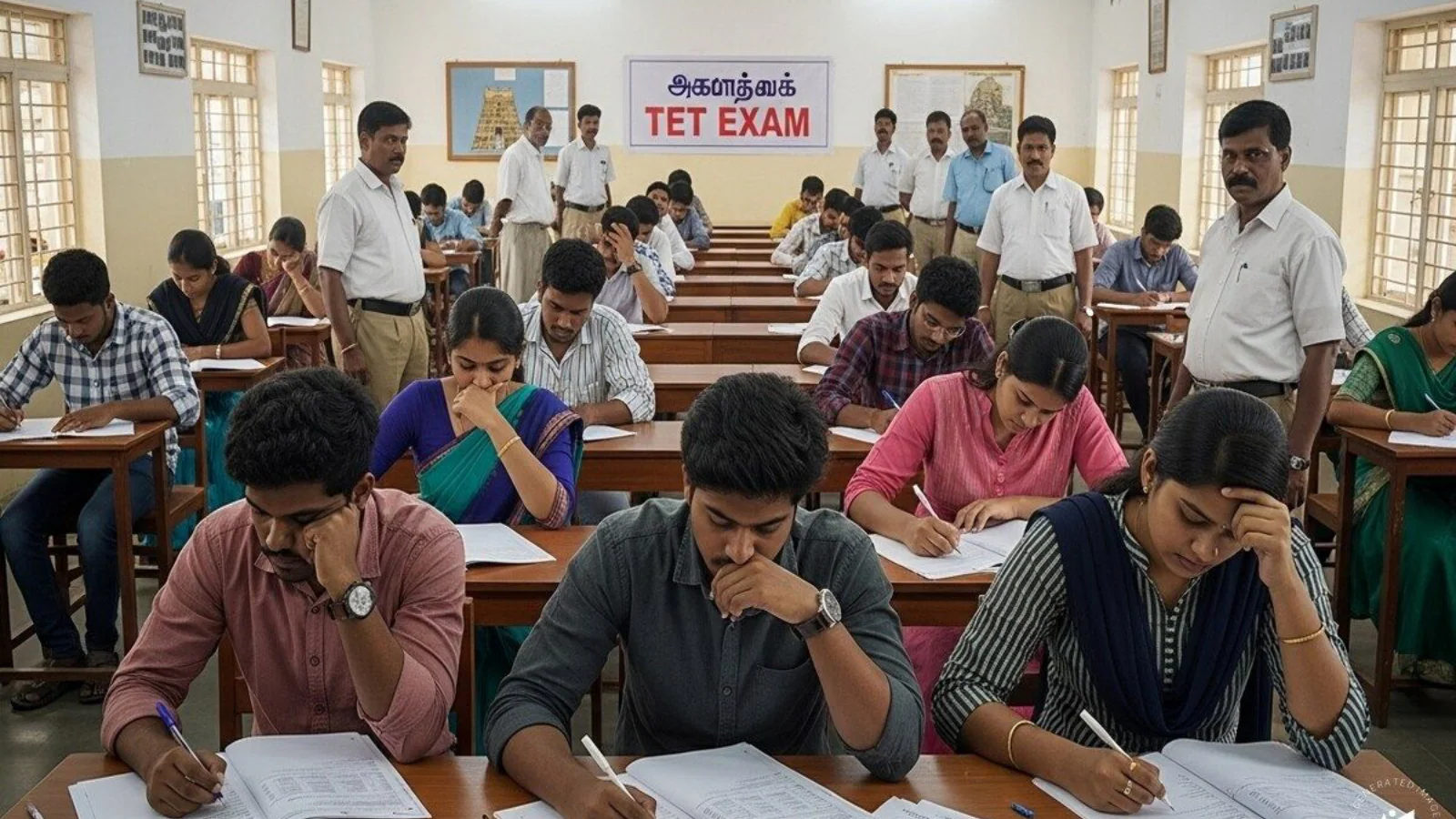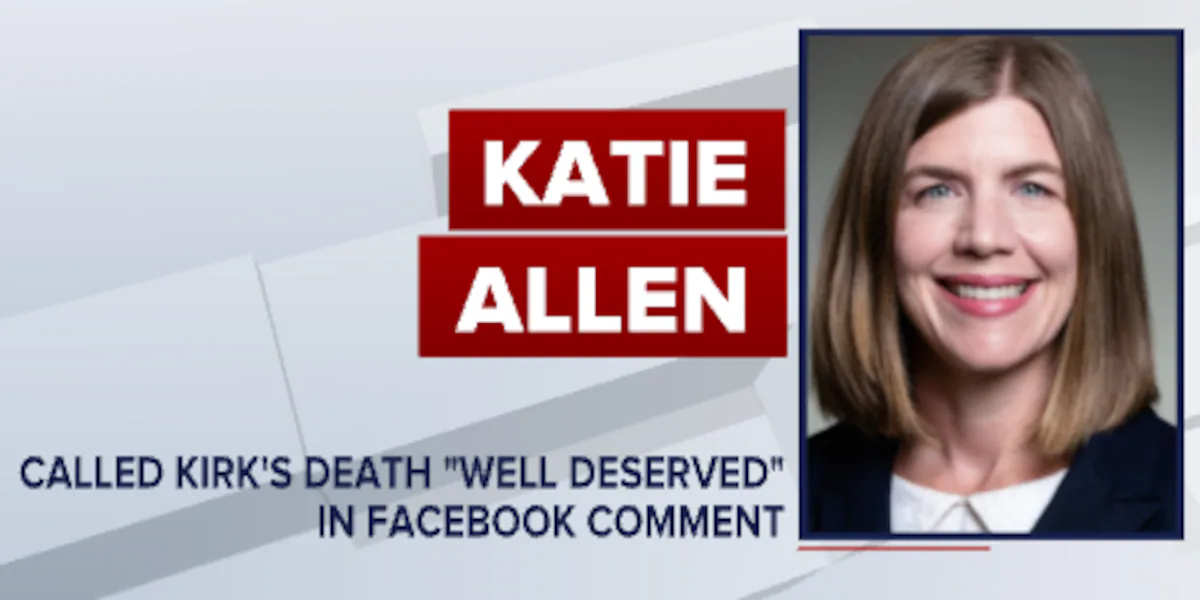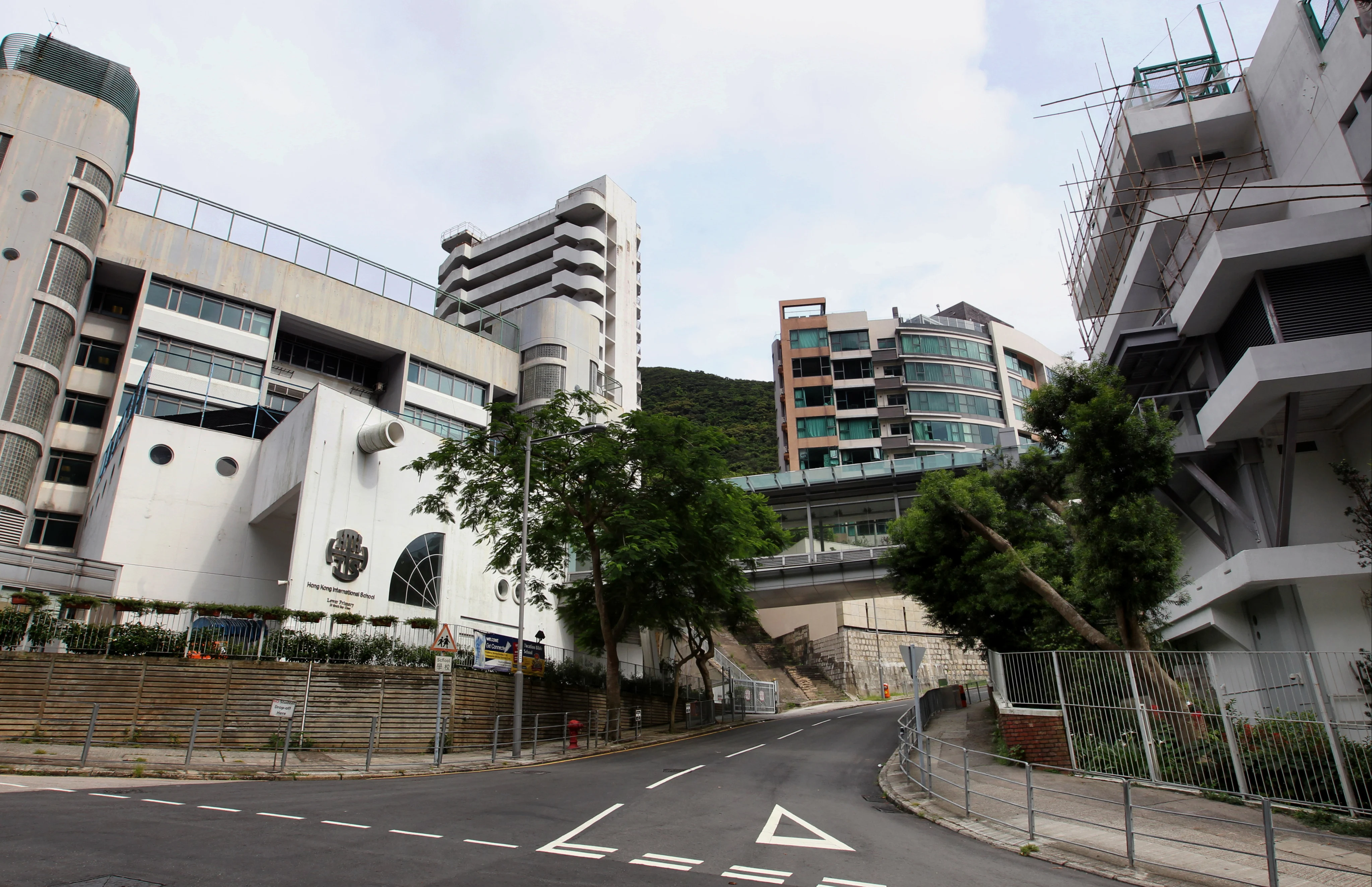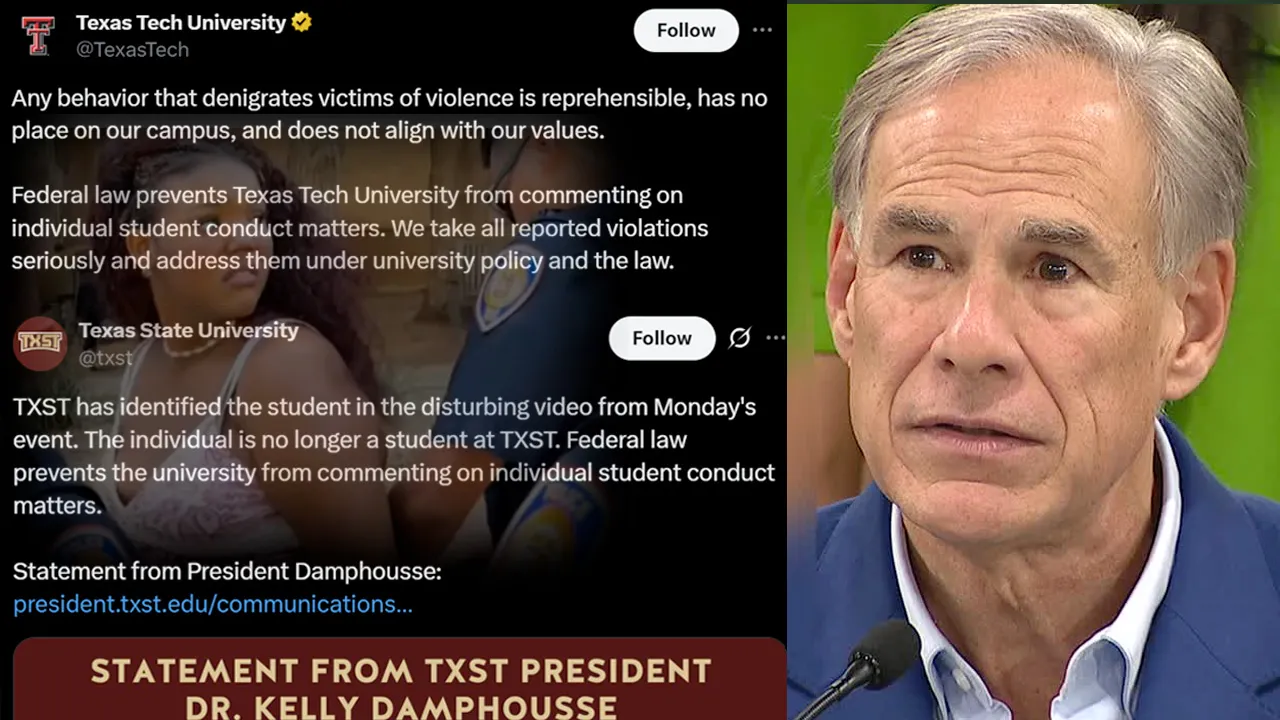This Surat School Is Sandwiched Between Residential Buildings With ‘No Fire Exit, Playground’: ‘Who Gave Permission?’
By News18,Sahas Mahapatra
Copyright news18
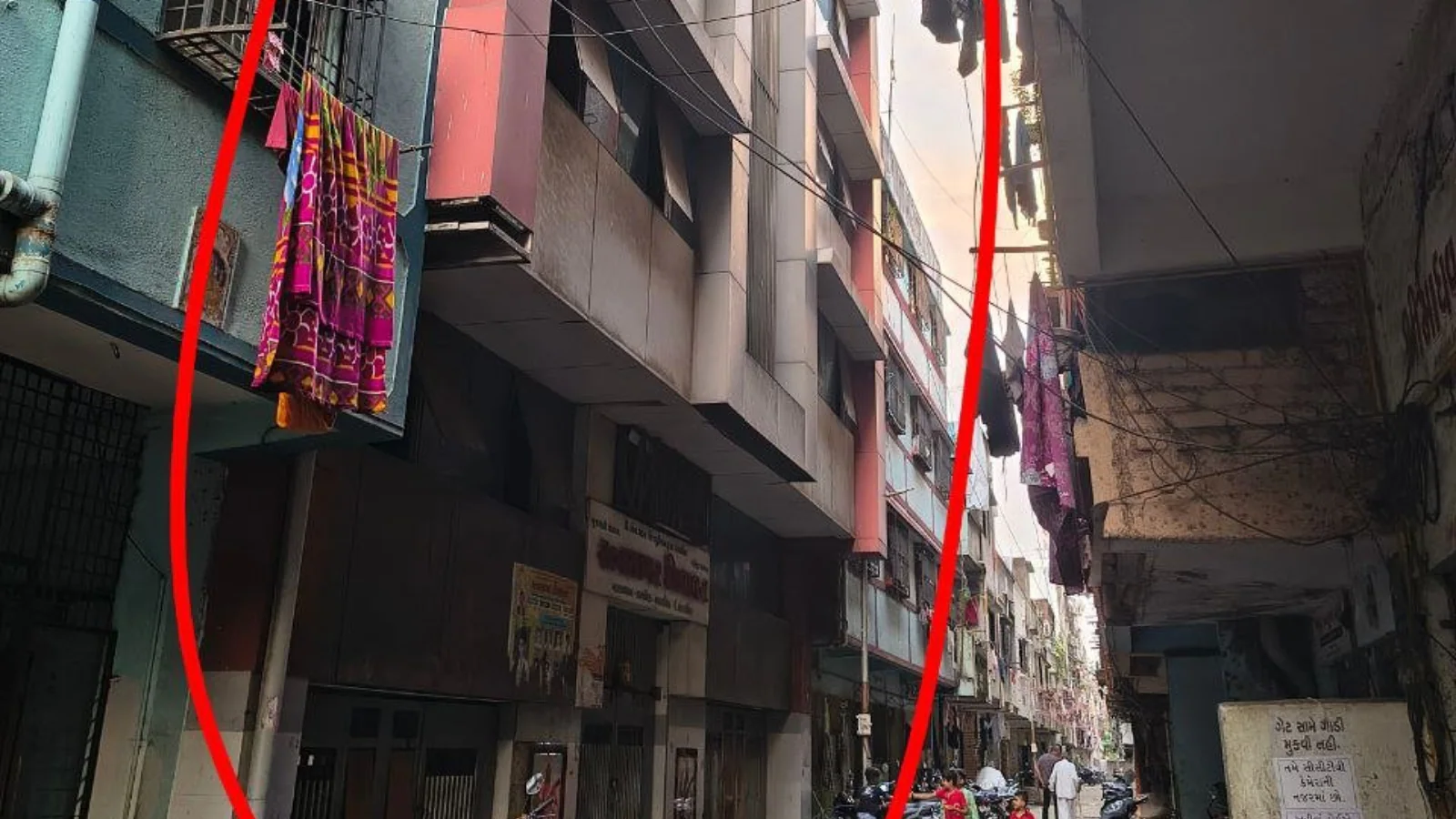
Schools are usually designed with open spaces, playgrounds, classrooms, staff rooms and areas for extracurricular activities. Many have multiple gates, parking spaces and trees around that create an environment where children can study and play safely.
Recently, a post on X (formerly Twitter) put focus on a school in Surat, Gujarat, that looked very different from this usual setup. A user shared a front view of the building, which seemed almost hidden among residential buildings.
Gujarat School In Focus
The school in question is Ratna Sagar Vidhyalay, located in Surat, Gujarat. It appeared to share walls with neighbouring buildings and did not have typical features like a playground or large outdoor areas. The user had to even circle the building in the photo to clearly point out which one was the school.
“Sunlight – NO Fire Exit – NO Playground – NO Parking Space – NO Trees – NO. The building you see here is actually a school. I wonder who gave permission for it,” the user wrote.
See The Post Here
Sunlight – NO
Fire Exit – NO
Playground – NO
Parking Space – NO
The building you see here is actually a school. I wonder who gave permission for it. pic.twitter.com/MRoE17BM20
— Nalini Unagar (@NalinisKitchen) September 22, 2025
Internet Points Out Growing Concerns In Schools
Since being shared online, the post has gathered over three lakh views. Many users shared their observations in the comments section and pointed out that nowadays, some schools are built more as “money-making businesses’ rather than focusing on the needs and safety of children.
One user commented, “People will always find a way to circumvent regulations. It’s best to scrap all regulations required to set up schools. That way, parents will have the option to choose from a less risky set of choices.”
Another sarcastically said, “Welcome to the great Indian education system. Where schools teach everything… except how to breathe, play, or escape a fire.”
“This school has fewer safety features than a parking garage, but hey, at least the students are getting real-world preparation for adult disappointment,” someone else added.
“Schools have become money-making businesses. Private ICSE schools charge 1.5 lakh for first graders, plus donations. They monopolise additional costs: – Books from school – Bags from school – Shoes from school – Uniforms from school – Extracurricular function dresses from school,” a person wrote, while an individual commented, “It’s business. Not school. It’s to make money, not teach. Money gets permissions.”
Tagging the official account of the Chief Minister of Gujarat, one user asked, “Government, how did you approve opening a school in such a building? Where is the emergency gate? Why weren’t the terms and conditions followed before approval?”
“Most schools and international schools have the same standards like this. People are fooled and pay lakhs for kids’ education. No one wants their kids going to a Govt school,” read another comment.
Kumbakonam Tragedy
One user recalled a tragedy in Tamil Nadu. In 2004, at Sri Krishna Middle School in Kumbakonam, 94 children lost their lives when a fire broke out in the school kitchen while the noon meal was being prepared.
In 2004, 94 students were burnt alive in the Kumbakonam school fire accident. It seems like we haven’t learned anything yet and are just waiting for another accident to happen. Corrupt officials will be responsible. @MySuratMySMC @BoghawalaHemali pic.twitter.com/WBaUzfdMF5
— Nalini Unagar (@NalinisKitchen) September 22, 2025
The thatched roof caught fire and spread to classrooms where students were studying. As per the reports, Sri Krishna Aided Private School, Saraswathi Nursery and Primary School and Sri Krishna Girls High School all operated in the same building with close to 700 students. The case concluded in 2014 with ten people convicted and eleven acquitted. This tragic incident highlights the risks of having large numbers of children in a single building without proper safety measures.
